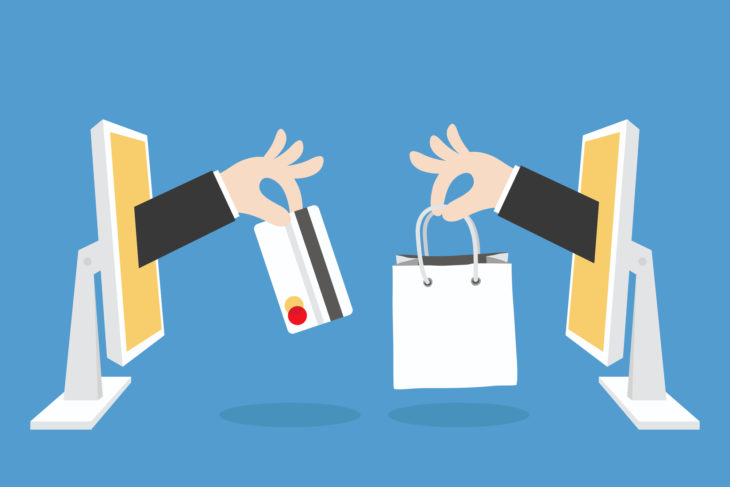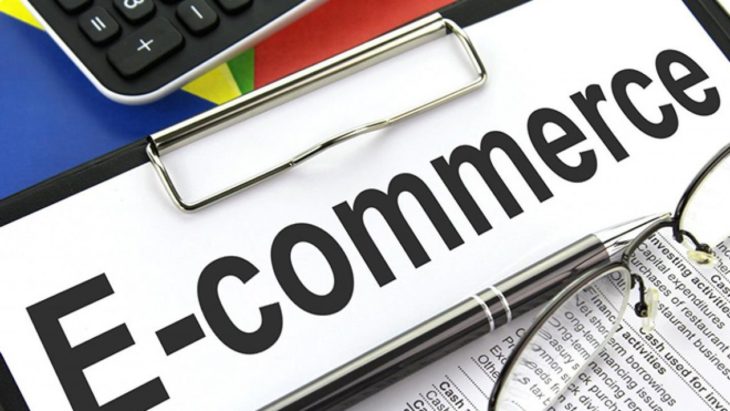Starting something new can be exciting, challenging and a little scary. Whether you are starting your own business or have been put in charge of an e-commerce website, gaining an understanding of logistics is a must. Here are some things you should know if you are new to e-commerce logistics.
Best practices
Some aspects of e-commerce logistics are nearly universal for online retailers. They apply to huge enterprises as well as small start-ups. Here are some best practices:
- Prioritise flexibility. Simple and flexible logistics allow for temporary and more permanent changes as your needs change. For example, during holidays and major sales, or when your business experiences a growth spurt.
- Picking and packing is key. Making sure that the right customer receives the right products is vital to customer satisfaction.
- Use proper packaging. Customers enjoy receiving their order in thoughtful packaging. Most importantly, it should protect what is inside. And if it is cost-effective for your company, it does not hurt if your packaging looks nice as well.

Source: Search Engine Journal
Shaping a plan
Everything starts with planning. A plan will make you feel more confident moving forward and help you stay on track when you experience doubt. Ask yourself where you are going to be shipping? Perhaps exclusively within your country or internationally. Are you shipping products that need to be stored in a certain way? Such as hazardous or frozen goods. Are most of the products low-cost or exclusive? What volume of orders do you expect? These questions and similar will help you determine how to approach logistics.
Free shipping or not?
A common reason that customers abandon online shopping carts is unexpected shipping rates applied at checkout. Many online shoppers forget to factor in shipping costs when making a purchase decision and get annoyed when they pop up unexpectedly.
Naturally, shipping rates must make financial sense to your business. Offering your customers attractive rates while making a profit is a balancing act. And there are several options.
Optimal for the customer, free shipping will likely lead to fewer abandoned shopping carts. But it will cut into your profit. One way to counteract this is raising prices on products to cover the cost of shipping. Another is to offer free shipping to customers spending a certain amount or more.

Source: orfonline.org
A personal and transparent option is to charge the customer approximately the same amount that you will be charged for shipping their order. This way you are more likely to break even and get an extra chance of building trust. By providing the customers with a real-time shipping calculator, they get a personalized offer. Perfect for bulky or fragile items that are not suited for free shipping.
The third option for shipping is to offer a flat rate. This way customers always know what they can expect to pay, regardless of what they order. To set the flat rate, figure out what the average order looks like and what the shipping would cost you.
Asking for help
For side hustles and small businesses that are just getting started, operating out of a home or office can be a functional option. Simply store products, package orders and send them out from there. The same principle applies if you already have a storefront location and want to combine it with an online shop. If you are just dipping your toes into e-commerce or simply do not have the capital for other solutions, this can be a good starting point.

Source: Market Tactic
Another option is to outsource e-commerce logistics to a third-party logistics provider. These 3PL companies already have a functioning infrastructure for warehousing and sending out products. They might also be able to help you plan and strategize, as well as scale your setup as time goes on. By letting experts handle your logistics, you will get time and energy to focus on building your business. Learn more about third-party logistics for e-commerce by heading over to Exacta.se.
